The eye-opening record Mercedes aims to reset as major female driver claim made
25 Apr 2025 2:00 PM
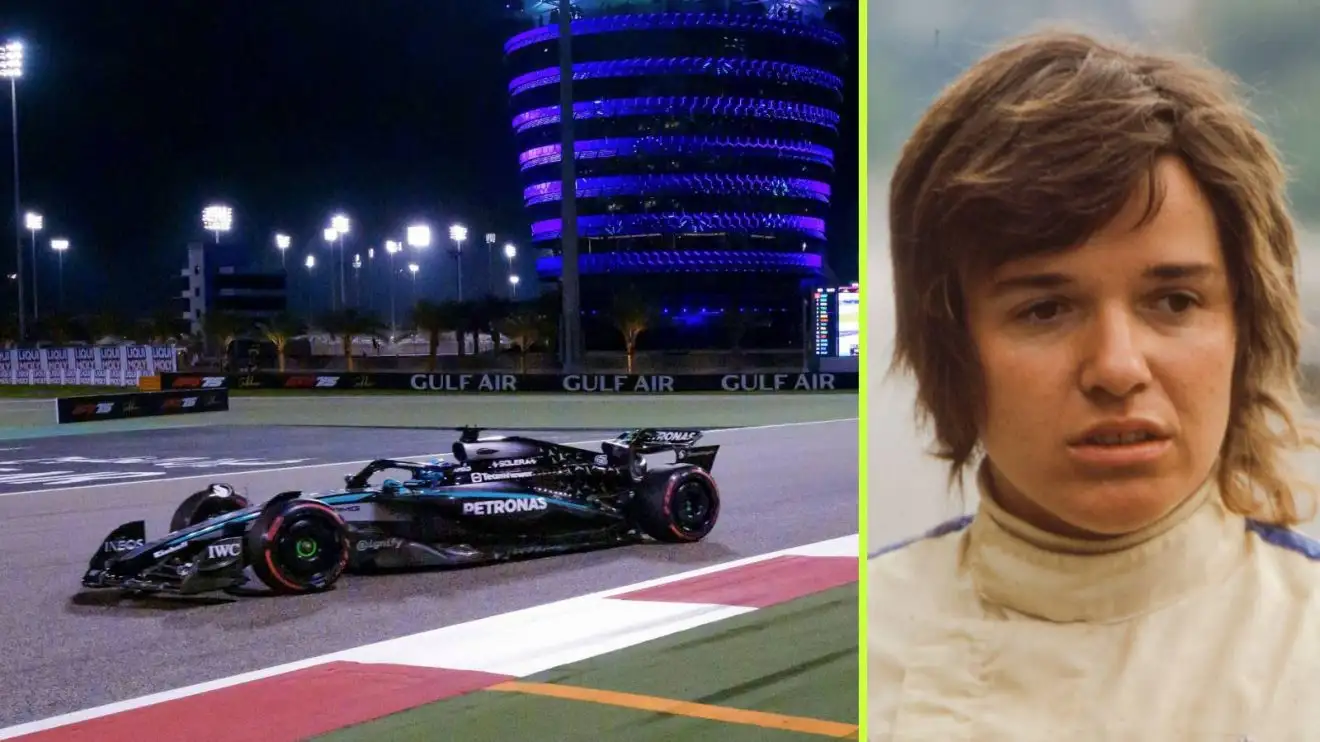
50 years on from Lella Lombardi’s points-scoring drive at Montjuic Park, Mercedes believes it will be the team to discover the next female F1 driver.
This week marks 50 years since a female driver scored points in a Grand Prix, but just how close is the next female Grand Prix racing driver? Mercedes is certain the future is close.
Mercedes’ expanded junior driver programme for 2025 includes three female drivers, and a future F1 star could be amongst them. The success of Mercedes’ junior driver programme is evident on the Formula 1 grid this season, with both George Russell and Kimi Antonelli having climbed through the ranks under the watchful eye of the team’s driver development advisor Gwen Lagrue, but how long might it be until a female star emerges?
50 years since Lella Lombardi’s sole female F1 driver points-scoring drive
The theoretical possibility of uncovering the next female Formula 1 driver has been a primary focus of the top level of motorsport over the past decade, an objective that’s been brought into clearer and sharper focus through the introduction of female-only series such as the now-defunct W Series and the increasingly popular F1 Academy – the F1-backed series which offers a guaranteed seat, as an option for progression, in FRECA (Formula Regional European Championship by Alpine) to drivers who finish in the top three overall.
This week (April 27th) marks 50 years since Lella Lombardi finished sixth in the 1975 Spanish Grand Prix at Montjuic Park. With the race called off before half-distance due to Rolf Stommelen’s crash, which resulted in four fatalities track-side, Lombardi scored half a point – the only female driver to ever score in a Formula 1 championship event.
Half a century has since passed, and it’s 49 years since Lombardi, now sadly deceased, took part in a Grand Prix weekend, while it’s 33 years since Giovanna Amati attempted to qualify for the first three races of the 1992 season, driving for Brabham.
It took until 2011 for a female driver to climb back behind the wheel of a contemporary Formula 1 car, with Spanish driver Maria De Villota carrying out some testing for Lotus and Marussia. A life-changing testing accident in 2012 during one of these tests, sadly, put paid to any chance of her progressing into Formula 1.
The following year, Susie Wolff carried out some testing for Williams before getting the chance to take part in FP1 on four occasions over the following two seasons before she left her driving career to concentrate on team leadership – roles which gave her the grounding and knowledge that stands her in good stead for her current role as managing director of F1 Academy and her stewardship of the Dare to be Different initiative.
Since then, drivers like Tatiana Calderon and Jessica Hawkins have carried out tests for Sauber and Aston Martin, respectively, with Hawkins recently speaking to PlanetF1.com about her Hungary test behind the wheel of the AMR21.
In 2025, thanks to the F1 Academy programme, every team has at least one female driver on its roster of juniors, but Mercedes stands out in that the manufacturer currently has three female juniors on its books – 25 per cent of its entire driver development programme.
Mercedes’ long history of female driving talents
It’s perhaps unsurprising that Mercedes is leaning into its efforts to find the first female F1 superstar seriously. After all, this is the company whose first test driver was one Bertha Benz – wife of automobile inventor Carl, with whom she became business partners by investing in his burgeoning automobile efforts.
Her trailblazing drive from Mannheim to Pforzheim in 1888 proved to Benz that his Patent-Motorwagen Model III had practical function and useability, with their Benz company going on to merge with Gottlieb Daimler’s similarly eponymous automobile company to form Daimler-Benz – the company known today as the Mercedes-Benz Group.
In 1962, Mercedes bought out the contract of Swedish rally driver Ewy Rosqvist, and she immediately won the Argentine Turismo Standard Grand Prix in a Mercedes 220SE alongside co-driver Ursula Wirth, while also taking victories in class in the Rallye Monte Carlo and at the Nurburgring, whilst also enjoying successes in the Acropolis and Spa-Liege rallies.
The only female driver to have ever won a DTM race was also a Mercedes driver – Ellen Lohr coming through to win at Hockenheim in 1992 behind the wheel of a Mercedes 190E Evo2.
It’s little wonder, then, that Mercedes believes one of its current female racing prospects could be the one to make the step into Formula 1. On its books is F1 Academy driver Doriane Pin, the young French woman who has proven a sensation as part of the Iron Dames programmes in sportscar racing, winning in class at the Spa 24 Hours in 2022, and at Portimao in the European Le Mans Series.
14-year-old Spaniard Luna Fluxa, who became the first female driver to win an FIA karting championship since 1966 with her win in the Champions of the Future Academy series in OK-Senior last year, continues in karting this year, while 12-year-old French driver Julia Montlaur is a new signing to the programme as she moves into the OK Junior category of karting this season.
“I do believe we will be the team that brings the next female driver into F1 in the future,” was Lagrue’s answer to PlanetF1.com, when asked about the prospect of a female driver arriving in F1 in the near future.
The spacing of Mercedes’ junior talents for F1 Academy is about two years, with Pin also taking on a new programme in FRECA, a regional F3-level championship. The establishing of a two-year cycle between its prospects doesn’t necessarily mean that Mercedes would turn away from two drivers of a similar age if two similarly talented potentials were available, but the two-year limit on F1 Academy participation does encourage this spacing if a team is committed to F1 Academy as a proving ground for a female driver at F4 level.
“I think for us, it is important to be precise that we have decided to support females in motorsport before F1 Academy started, and it is important to us to give a try and I hope it’s the first junior programme to bring one girl at the top level,” Lagrue said.
“So we are really, really working hard. If you look at Doriane’s records in endurance, in LMP2 back then, we had to decide which girl we would put in F1 Academy.
“To us, it was obvious she was one of the best candidates to join us and, of course, we have helped her to develop and to become even stronger – even if last year results didn’t show that, because we lost a few months due to a rib injury, so that stopped her.
“She started super, super well, and she had her rib injury, but she’s developing super well and, hopefully, she will make it this year. Next to that, we do FRECA and when we put it all together, she’s capable now of reaching the top 10, which is, to me, very strong because FRECA is definitely one of the highest junior series in the world.
“I think the way to prepare a girl to reach the top level is to use all the tools we have. Obviously, F1 Academy is helping us massively because it gives huge exposure to female [drivers] in motorsports and it helps us to to maximise our efforts to make it happen – not only us, but everyone.
“Then we also decided to be present and to be proactive in karting because that’s where we need to develop the number of girls joining motorsport as well because the reality to us today is we are lacking girls in karting, so we need more girls.
“If we have more girls starting in karting, we maximise also our chance to bring one to the top level.
“So Luna did win the mini-MA world final in Spain in 2021; she was 11 years old, and she won in front of 30-something guys.
“So we signed her, and she’s, at the moment, by far, the best [female driver] in karting. She’s also capable of, in my opinion, this year, achieving podiums and great results at the international level in karting.
“[Montlaur] is 12 years old, and it’s a new project starting, so we are hoping she will follow Luna’s model and we will also concentrate our effort on developing her and to make sure she will perform in karting.”
Gwen Lagrue: Mercedes signing female drivers based on sporting reasons
While female participation in Mercedes’ programme is clearly a priority for the company, the sheer volume and availability of male drivers means that females are outnumbered by a significant percentage. According to a study carried out by the More than Equal initiative, female participation in motorsport is at its highest in karting – where 13 per cent of drivers are female.
Given that Mercedes’ driver programme bucks the trend with almost double that percentage on its books, how does Lagrue ensure that the hires to the programme are done completely meritoriously and not simply as a box-ticking exercise?
“Well, we have a great experience of identifying young boys in karting and developing support and bringing these kids to Formula 1,” he said.
“The work and job is not really different with girls, so it’s a lot about how they are interacting with us, approaching the character, the behaviour, the way they are racing.
“With Luna, for example, or Doriane, you can see that their characters – they definitely stand out, and that’s, for us, something we also do with boys.
“We like to have clear boundaries of the behaviour and who they are. Honestly, with Doriane or Luna, you can see that you definitely have to deal with a special person.
“We definitely do this for sporting reasons, not anything else. That is also very clear to us, and very important to be precise.
“So there is no way we have done anything for marketing reasons, or whatever you can call it.
“It’s a sporting project, and Doriane – we didn’t choose the easy road by throwing her in FRECA last year. Luna is fighting at the top level in karting against 100 boys every weekend, and she’s, by far, the best girl in karting, and she’s top 10 in the international level in terms of pure performance.
“So, for me, there is nothing else than the sport and the performance, and we, as a team, are not making any difference – they are drivers, and we treat them the same way as we did with Kimi or with George in the past.”
With the waves of female talent becoming stronger year on year, and opportunities for female drivers increasing – up to 18 seats along with ‘wildcard’ entries in F1 Academy – the number of candidates becoming available for all the F1 teams is slowly increasing.
Eventually, logic dictates, a stand-out talent will emerge to stake a claim in F1, while others will fall into the paths that await any driver who never quite gets the opportunity in F1 – whether that be taking to the World Endurance Championship, Formula E, or alternatives such as Super Formula or the American racing ladder.
With Pin being the lead prospect for Mercedes at this point, could she be the one? Might she be in line for something like a TPC (Testing of a Previous Car) or THC (Testing of a Historic Car) like what Hawkins has done with Aston Martin?
“I think this is a little bit too early for Doriane,” Lagrue said.
“First, the target this year is to win F1 Academy and to keep improving in FRECA, with an idea of switching her and making sure she will be ready for the next step, which will be F3.
“So that’s the idea, and I think TPC… she will do some F1 simulator [work] this year, and maybe there are some ideas or possibilities, but nothing is decided yet.
“I think it is a little bit too early, and we need to focus first on the top priority, which is securing the title in F1 Academy.
“But there is a clear road map in place for Doriane, and also for Luna. She will start, most probably, F4 testing this year, after the European campaign of karting.
“Julia is starting her journey at the international level in karting. Which is why we end up with 25 per cent females in the programme, because they are all at a different stage of their junior journey.
“I think we have not yet seen the results, but I think we are all deploying a lot of effort to make sure we will bring a girl to the top level. I think it is possible.
“We believe it is possible and, if we have the right talent – because, at the end of the day, when you have 100 kids starting in karting, you have just one girl (sic).
“So I think we need to keep going, to encourage them, to increase our support in karting and to attract more females, because, with more, we will have choice, and we are increasing our chance to have a super girl reach F1.
“I think all the combined efforts – from F1, from a programme like Iron Dames, from F1 Academy, to Champions of the Future Academy which is a karting series pushing a lot for girls.
“We are partners of this area for F1 academy, Iron Dames is also a partner. So all these efforts are definitely going in the right direction. And I’m sure it will happen in a couple of years.”
Half a century on from the one and only occasion a female driver got into what has otherwise been an all-men’s club, could Mercedes be the one to break the mould and find F1’s next female driver?
“Early days, of course,” Lagrue said, “but from what we can see and what we can monitor, it is encouraging us to really push and to do everything we can to make it happen.”
Read Next: Follow PlanetF1.com’s WhatsApp and Facebook channels for all the F1 breaking news!




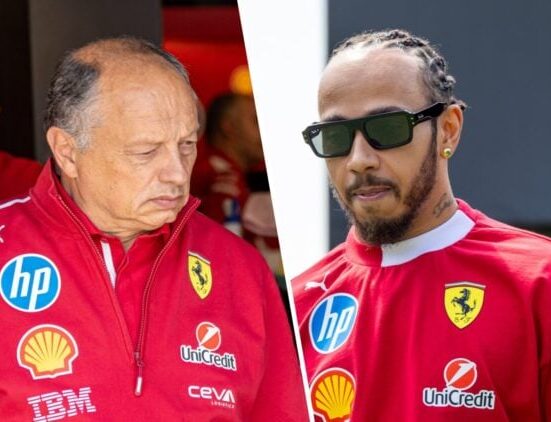
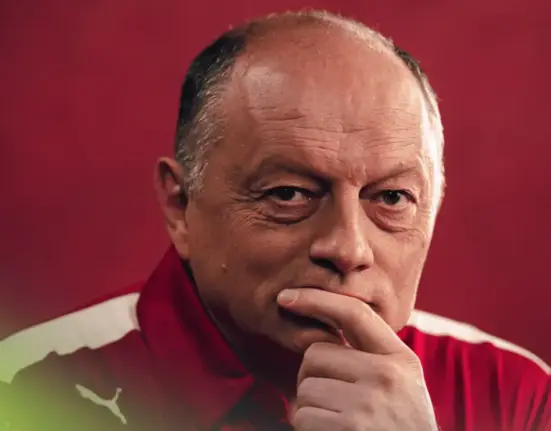

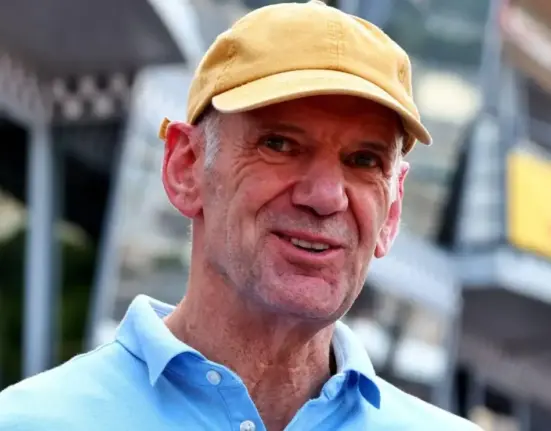
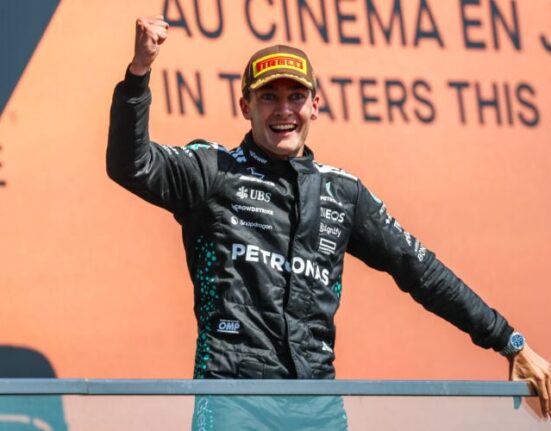

Leave feedback about this